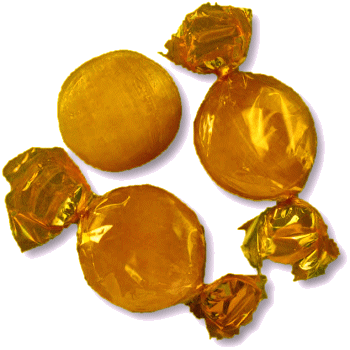




WELCOME TO An Entertainment Site for Scottish Country Dancers - Enjoy the curated selection of theme-related dances for celebrations and holidays, or find a dance associated with a special calendar day, or EVEN your own birthday!
Love spoons
Valentine's Day
Feb 14
Other Scottish Country Dances for this Day
Today's Musings, History & Folklore
"Carved with care, a tale untold,
A gift of love in wood enrolled.
Twists and turns, our fates entwine,
A love spoon’s promise, ever thine."
Whether dancing or not today, Happy Valentine's Day to all Scottish Country Dancers! If looking for an alternative Valentine's gift rather than a box of chocolates, why not consider a Welsh love spoon! Or a virtual one in the form of this namesake reel for the object of one's affection! Love spoons are a traditional form of folk art that originated in Wales, symbolizing love, commitment, and craftsmanship. These intricately carved wooden spoons were historically given as tokens of affection, particularly as part of courtship or marriage proposals. Each design element carried a unique meaning—hearts represented love, chains signified a lasting bond, keys and keyholes symbolized a secure future, and twists reflected the intertwining of two lives. Though their origins date back to at least the 17th century, love spoons continue to be crafted today as cherished gifts for weddings, anniversaries, and special occasions, dancing together being one of the most special. Should you plan to surprise your sweetheart with a love spoon at the end of this dance, gentlemen, try substituting it for your sgian-dubh to see if anyone notices. Concentration on those Inveran reels may distract for a short while. 😜 ❤️ 💘 💕 🏴 🥄 🥄 🥄
The Love Spoon
Welsh love spoons (llwy garu) are a centuries-old tradition in Wales, intricately carved wooden spoons given as tokens of love, affection, and commitment. Their origins date back to at least the 17th century, though some believe the tradition may be even older. These spoons were crafted by young men as expressions of love and devotion, often presented to a prospective bride or sweetheart.
The earliest known Welsh love spoon, dated 1667, is housed in the St Fagans National Museum of History in Cardiff. While the exact origins of the practice are debated, many believe it stemmed from the practical skills of Welsh woodworkers, particularly those involved in shipbuilding and carpentry. Young men, often sailors or farmers, would carve spoons in their spare time, using their craftsmanship to demonstrate their suitability as providers and husbands.
Some historians suggest that love spoons evolved from a broader European tradition of giving elaborately decorated wooden spoons as gifts, seen in countries such as Norway, Germany, and Romania. However, Wales is where the tradition became most deeply ingrained in courtship customs.
Each love spoon is unique, with intricate carvings featuring various symbols that convey specific meanings:
Hearts – Love and devotion
Celtic knots – Eternal love and unbreakable bonds
Chains – A desire for a lasting relationship or marriage
Keys and keyholes – The giver’s heart belongs to the recipient
Wheels – The willingness to work hard for love
Balls in a cage – The number of children hoped for in marriage
Dragons – Strength and protection (reflecting Welsh heritage)
Anchors – Stability and steadfastness, often linked to sailors
Carving a love spoon required both skill and patience, making it a meaningful gesture. The complexity of the design could reflect the depth of the giver’s feelings and the effort they were willing to put into the relationship.
By the 19th century, as industrialization changed social customs and courtship rituals, the tradition of carving love spoons declined. However, they never disappeared entirely, and in the 20th century, there was a significant revival of interest in Welsh cultural heritage. Today, love spoons are crafted not only as romantic gifts but also as souvenirs and symbols of Welsh identity.
For more, click the spoon!
Click the dance cribs or description below to link to a printable version of the dance!




